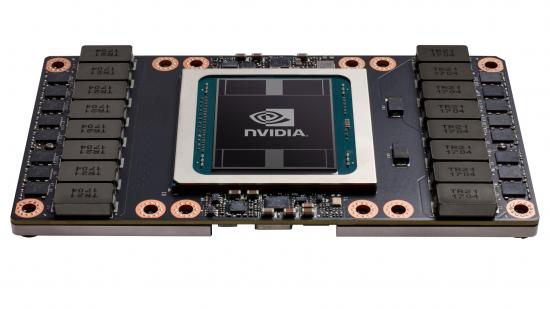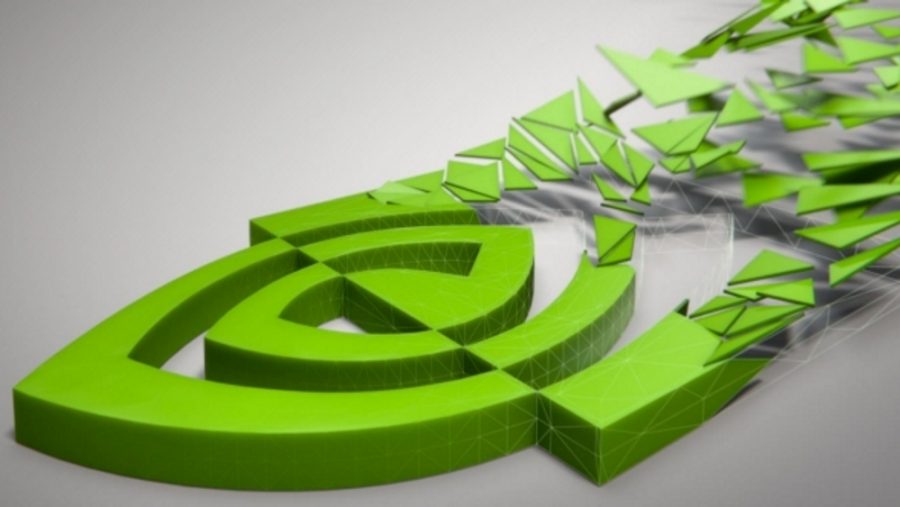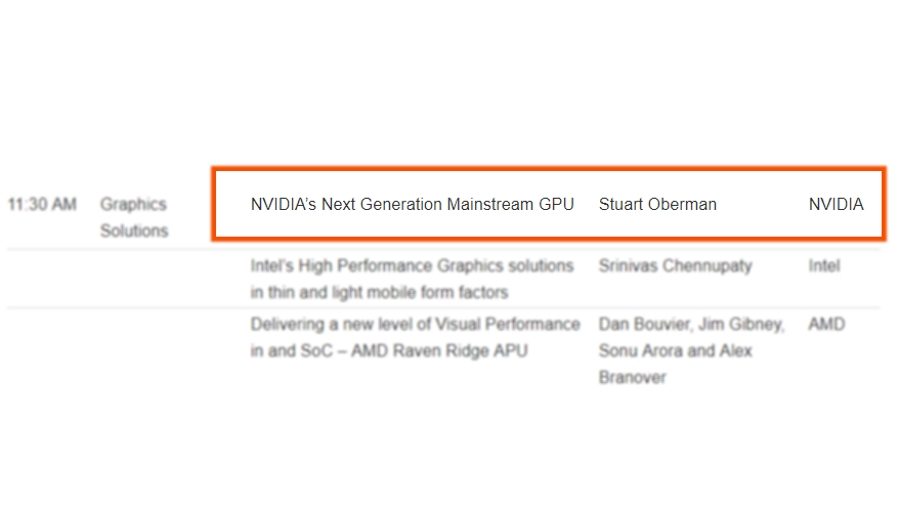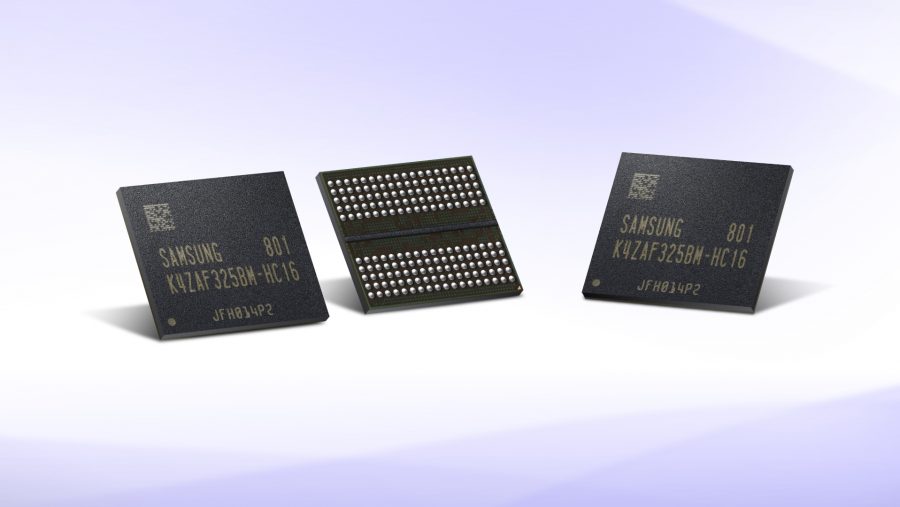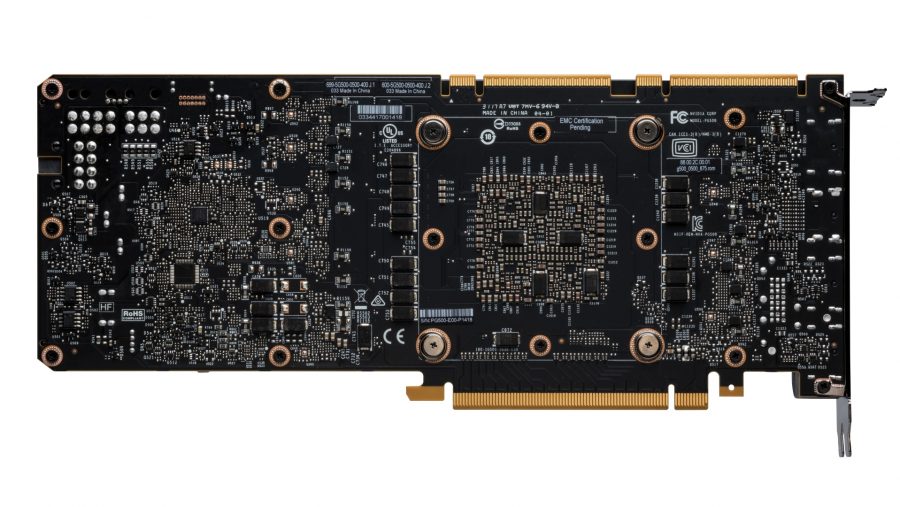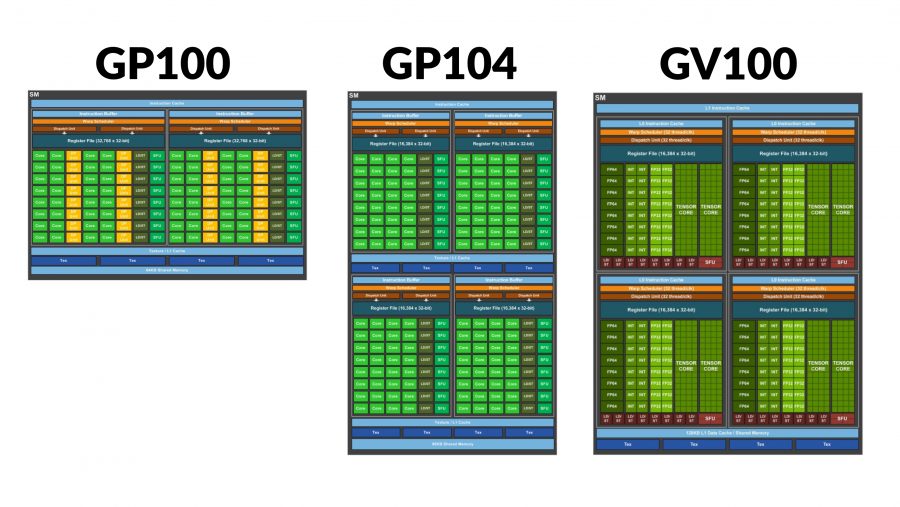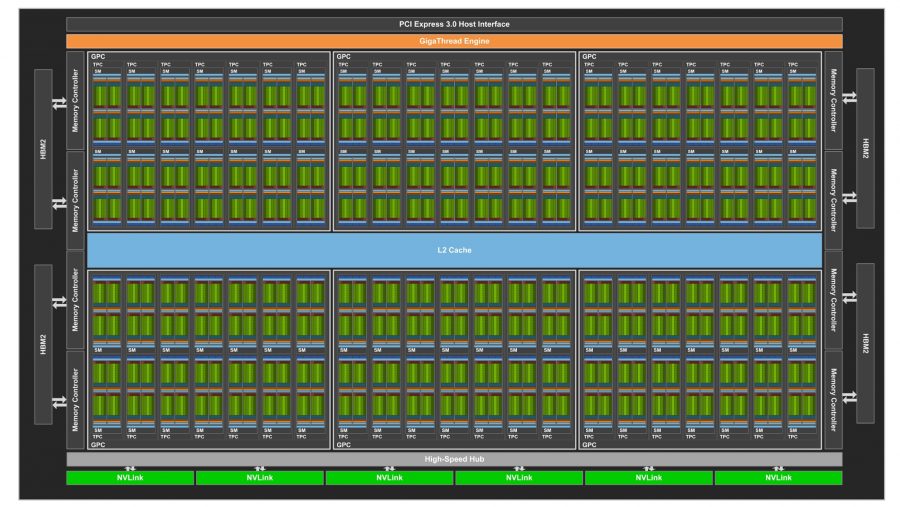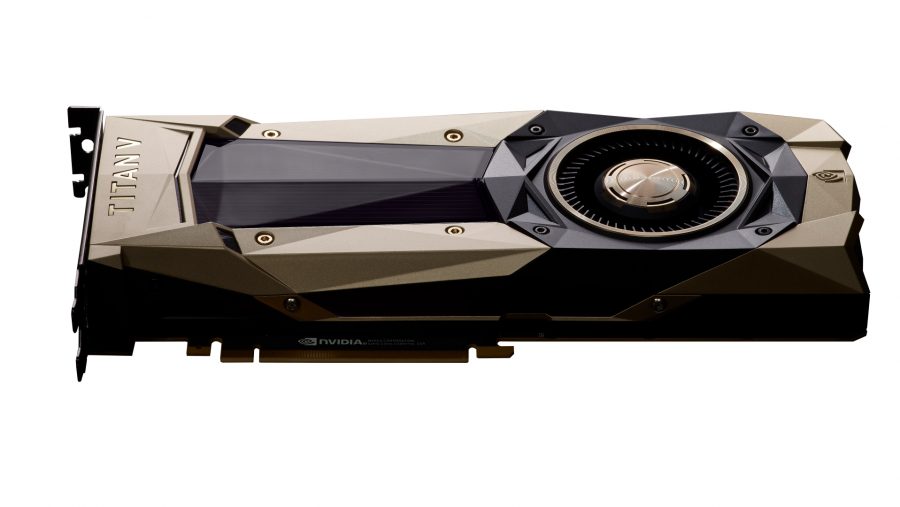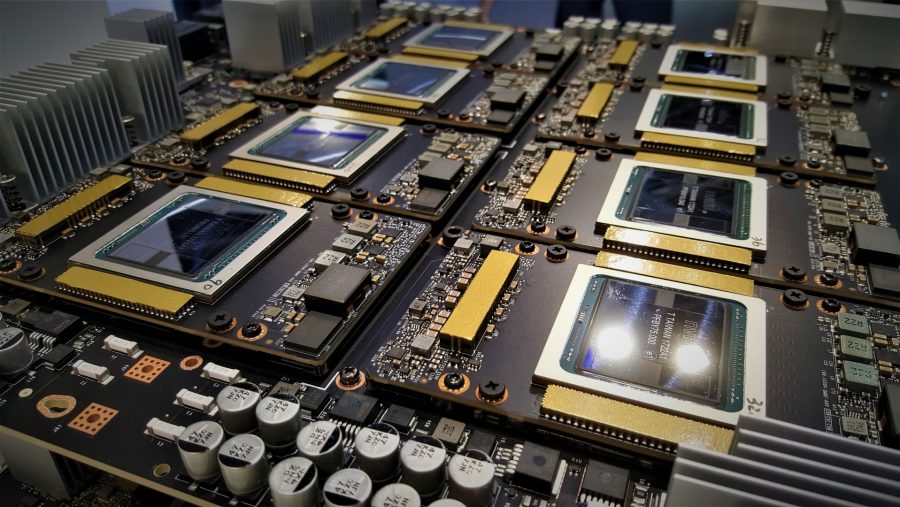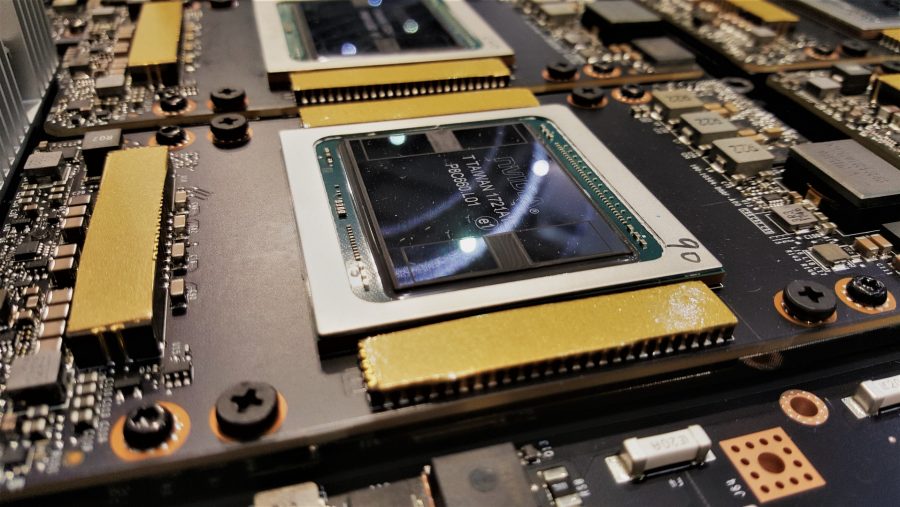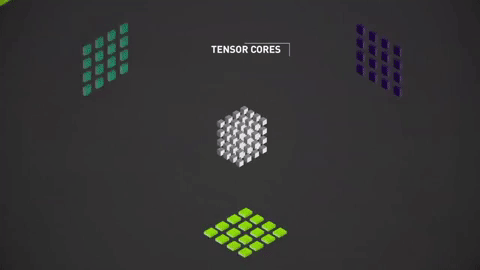Despite a lot of noise about the potential Turing GPU architecture, the Nvidia Volta graphics tech is still our best bet for what will be the basis of the next generation of Nvidia graphics cards.
Sadly, as of right now, Volta silicon is only being packed into pro-level machines. But with the announcement of real-time ray tracing hitting PC games by the end of the year, and the RTX tech being baked into the latest drivers, we’re going to need a new breed of GPU with the power of Volta inside them.
And with one of the biggest gaming events of the year landing at the end of August – Gamescom, of course – we’re pretty confident we know when Nvidia might let something juicy slip.
Volta is the silicon successor to the Pascal generation of graphics cards – the same generation that brought us the mighty GTX 1080 Ti and Titan Xp cards. But can any future Volta-powered cards continue to deliver the same generation-on-generation performance boost offered by Nvidia’s impressive last-gen graphics silicon? And will it even be called ‘Volta’ when it hits its GeForce stride?
Vital stats
Nvidia Volta release date
The next generation of mainstream GPUs is set to be detailed at the Hot Chips symposium on August 20. That means we should see the first gaming graphics cards based on the Volta architecture, or derivatives, around or before then.
Nvidia Volta specs
The professional-class Volta – the Tesla V100 – uses TSMC’s 12 nm FinFET design and the full GV100 GPU has 5,376 CUDA cores. Imagine a GTX 2080 Ti with that.
Nvidia Volta price
Don’t shoot the messenger, but it’s possible the consumer Volta cards will push prices up again. $699 for the GTX 1180/2080? Not beyond the realms of possibility…
Nvidia Volta performance
We’re too early in the release cycle for there to be any performance figures flying around, but we’re hoping for greater efficiency and for Nvidia’s latest architecture to function better, and deliver higher frame rates, with both the DX12 and Vulkan APIs.
As is Nvidia’s wont, the new GPU architecture is taking its name from a famous historical scientist. Alessandro Volta gave his name to the Volt having been a pioneer of electrical energy and its storage. He was also the discoverer of bottom-gas, methane – fun little science fact for you there. Always learning, always teaching…
But recently there have been the most paper-thin rumours about new Nvidia Ampere and Nvidia Turing codenames being released as the next graphics chips from the Nvidia skunkworks. Hell, we can make up spurious GPU codenames in our sleep…
Both GPU names have come from a single line in two disparate articles surrounding Nvidia financial results, and have no sources to make the names in any way believable. If they’re anything they could purely be what Nvidia uses to reference the gaming variants of the underlying Volta tech used in the upcoming GTX 1180, or GTX 2080, depending on how they’re named.
Volta, however, is a GPU architecture that definitely exists and was first unveiled – at least in theoretical form – at Nvidia’s Graphics Technology Conference way back in 2013. It was originally meant to be the GPU silicon that followed directly on from the Maxwell architecture (which made up the GTX 900-series of graphics cards), but a year later up pops the Pascal design used in the most recent 10-series GeForce parts, pushing the prospective Nvidia Volta chips further back.
Which brings us onto…
Nvidia Volta release date
The first concrete news we’ve had about the next generation of GeForce graphics cards is the announcement that Nvidia’s Stuart Oberman will be presenting at the Hot Chips symposium on August 20. The talk is coyly titled ‘Nvidia’s Next Generation Mainstream GPU’ and makes no mention of the name of the new cards or the underlying architecture they will use.
It seems Nvidia wasn’t happy about this reveal, however, and Hot Chips has since had to remove any mention of team GeForce talking about its next-gen GPUs. The Graphics Solutions slot is now just a big fat TBD, and Hot Chips has removed mention of the ‘next-gen GPU’ from its press release too. That probably doesn’t mean the talk has been cancelled, but that Nvidia didn’t want its presence necessarily known.
The feline does seem to have fled the Mulberry, though Jen-Hsun did go on record just before the Computex show kicked off in Taipei saying that its new cards wouldn’t launch “for a long time now.”
If it goes ahead it won’t be the first time the potentially Volta-powered graphics cards will be unveiled, however, so that means we’ll likely have a proper reveal sometime around August 20. Gamescom kicks off the day after Oberman’s talk, so it’s not silly to expect more GeForce goodness going down in Germany.
The previous rumours had Nvidia’s Volta graphics cards gearing up to launch in Q3, 2018. A recent report by Tom’s Hardware had pegged the release to a July launch, with AIBs receiving cards on, or around, June 15. That seemed mighty specific to us, and we’re still betting on a late August launch.
SK Hynix is reportedly ramping up production of GDDR6, which Nvidia is also reported to be utilising exclusively with its unreleased graphics cards.
When it first announced the arrival of GDDR6, Hynix mentioned it was “planning to mass produce the product for a client to release high-end graphics card [sic] by early 2018 equipped with high performance GDDR6 DRAMs.” I’m not the only one to think that this is a reference to Nvidia and the release of GDDR6-based Volta GPUs.
Samsung has also announced its own GDDR6 memory is set to “play a critical role in early launches of next-generation graphics cards,” which plays into our suspicions of a relatively early 2018 launch. Though that could just be because we’re desperate for a new GPU launch to potentially salve the cryptocurrency crisis that stole all our graphics cards…
These memory chips are also expected to be 20% more expensive than GDDR5 for manufacturers from the get-go – although, eventually dropping in price as manufacturing capacity moves away from the older standards. Still, it’s not going to be as costly as Vega’s HBM…
We had thought that Nvidia would launch something at GDC this year, but our sources within the green team told us it was categorically not going to be launching a new GPU in March. Nor did the company launch anything game-related at GTC a week later – it was all just deep-learning, AI, and wheely things. We were told the same about Computex too. Nvidia has said to us that it’s gearing up for a big Gamescom but hasn’t given any further detail on what that might mean.
The closest we’ve come to a genuine Nvidia Volta-based graphics card we could jam into our PCs is the $3,000 Titan V. But that’s still sporting the GV100 GPU, not the GV104 we’re expecting to be the base of a potential GTX 1180 of the next generation.
Nvidia Volta specs
You might have been forgiven for being excited when lots of news outlets started shouting about the Nvidia GTX 1180 getting a listing in an online GPU database, but I’m sorry to say it was just a placeholder.
TechPowerUp had just filled in its database using the current rumours and speculated upon the GPU and memory clockspeeds using existing 10-series Pascal frequencies, and it was then presented as a leak by lots of people reporting it online.
Unfortunately, we’re still none the wiser about exactly what the next-gen cards will be, what they’ll be called, or when they’ll arrive. For all we know it could still be called the GTX 2080 when the top-end card of the new generation does eventually launch.
In fact, the recent ‘supply run’ restocking of 10-series cards by Nvidia seems like evidence they’re not going to arrive for a while.
Supply run. pic.twitter.com/B1AQRkgnwV
— NVIDIA GeForce (@NVIDIAGeForce) May 9, 2018
All the released Volta GPUs, however – from the Tesla V100 to the Titan V and Quadro GV100 – have been running the same 12nm TSMC lithography. TSMC has also said it was entering volume production of its 12 nm FinFET chips in the fourth quarter of 2017, which is why we were expecting a full launch of Nvidia’s consumer-facing Volta cards relatively early in 2018.
Originally, Volta was supposed to be built using TSMC’s new 10 nm process, but the pace of transistor shrinkage has become rather laggard in recent years. Other rumours had Nvidia sticking with TSMC’s existing 16 nm tech in order to be able to stick to its roadmap and get actual Nvidia Volta cards on the shelves in 2018. It’s now looking like somewhere between the two.
| Tesla V100 | Titan V | Quadro GV100 | Tesla P100 | GTX 1080 Ti | |
| Lithography | 12nm FinFET | 12nm FinFET | 12nm FinFET | 16nm FinFET | 16nm FinFET |
| Transistor count | 21bn | 21bn | 21bn | 15bn | 12bn |
| Die size | 815mm2 | 815mm2 | 815mm2 | 610mm2 | 471mm2 |
| CUDA cores | 5,120 | 5,120 | 5,120 | 3,584 | 3,584 |
| Memory | 32GB HBM2 | 12GB HBM2 | 32GB HBM2 | 16GB HBM2 | 11GB GDDR5X |
| Memory bandwidth | 900GB/s | 653GB/s | 870GB/s | 732GB/s | 484GB/s |
TSMC’s 10nm process, unlike Intel’s Cannonlake design, is expected to be more of a stopgap measure between its current process and the almost mythical 7 nm lithography. To put that into perspective, 7 nm is about the height of three Tom Cruises standing on each other’s shoulders. But getting down to 10 nm seems to be more of a challenge than maybe even TSMC expected. I’m guessing either the price is prohibitive or the yields too low to offset the performance benefits of a newer design. Or a combination of both.
The 12 nm node is apparently based on TSMC’s existing 16 nm design, but with density, performance and energy efficiency improvements. Whether this 12 nm node will genuinely be packed with 12 nm transistors, or whether it’s just going to be clever marketing, is currently about as clear as thermal paste.
The layout of the Volta GPU is a little different to previous Nvidia GPUs, but that’s mostly so all the 5,120 CUDA cores can be squeezed in. In fact, the full GV100 GPU is actually capable of housing 5,376 CUDA cores, so the Titan V and Tesla V100 chips aren’t even the most powerful potential Nvidia Volta GPUs.
The actual setup is unlikely to change a huge amount with the gaming variants, apart from the double precision cores being stripped out. If Nvidia follows tradition, each of the streaming multiprocessors (SMs) that make up the GV104 will have a certain amount of non-gaming silicon stripped out of them to make the more mainstream graphics cards.
But Nvidia has said there’s specific hardware in the Volta architecture that benefits ray tracing for games, but that it’s not necessarily the added Tensor cores Nvidia has dropped into the Volta silicon. Those do help, so there’s a good chance we’ll see Tensor cores crop up in our gaming chips too. That means it’s possible that there won’t be as many sweeping changes to the consumer chip as we’ve seen in the past.
In terms of the memory configuration, the released Nvidia Volta GPUs are running second-gen high bandwidth memory (HBM2), but from the way SK Hynix and Samsung have been talking about GDDR6 we don’t expect the gaming-focused Volta cards to follow the same setup. Which is good. HBM2 may deliver serious levels of memory bandwidth, but GDDR6 is still pretty rapid, and quicker than GDDR5X. It offers a data rate of 16 Gbps, as opposed to the 14 Gbps of GDDR5X, and more memory bandwidth, too.
Hynix has stated that, with a 384-bit memory bus – the sort of design usually favoured by Nvidia’s high-end graphics cards – it’s able to offer memory bandwidth of up to 768 GB/s, which isn’t far off the 900 GB/s of the V100’s HBM2 design. The Pascal-based Titan Xp uses GDDR5X and can only manage 548 GB/s with its mighty 12 GB setup.
GDDR6 is around 20% more expensive to produce than GDDR5, but it’s far cheaper than the prohibitive pricing of HBM2. That’s essentially what crippled AMD’s Vega on a price/performance balance, and Nvidia isn’t likely to make the same mistake.
Nvidia Volta price
Oh hi, welcome to price speculation corner. Obviously, we don’t know how Nvidia is going to price its new cards, but we can still make some educated guesses based on Nvidia passim. And based on the ludicrous pricing of the Titan V.
In short, the cards are likely to be more expensive than the old Pascal generation. Well, compared with the original, non-mining boom time price anyways.
The prices of single cards are being adjusted upwards, and that would make the Volta GeForce cards the second generation in a row where Nvidia has pushed prices skywards. With the 10-series Pascal-based cards the GTX 1080 was released at an unprecedented level, especially when taking the reference/Founders Edition shenanigans into account.
If $699 is going to become the de facto standard for Nvidia’s high-end graphics cards, as shown with the GTX 1080 Ti cards, then these are worrying times. Unless you’re AMD and confident you can keep undercutting Nvidia’s GPUs. Gotta get them built in volume first guys…
But we’re unlikely to see any Founders Edition shenanigans in terms of pricing. Nvidia may still call its reference cards the Founders Edition, but I think the times of charging extra for the basic Nvidia blower design are over, thankfully.
Nvidia Volta performance
In a pure generation-on-generation test between the pro-level Pascal P100 and Volta V100 GPUs the newer Nvidia architecture is posting performance that is 132% faster than the last-gen chips. If we get anywhere near that level of performance boost from gaming applications Volta will be stunning. That’s unlikely because these tests are based on Geekbench benchmarks, run in a Linux environment, using the specific CUDA API, and not Shadow of War at 4K.
The professional Nvidia Volta cards have been tuned especially for AI workloads, with a new Tensor core design at its heart. These new silicon slices won’t have anything to do with gaming frame rates, at least for the moment, so if those are the only real improvements with Volta it’s possible there won’t be a huge performance uplift over Pascal at all.
Obviously we’re still expecting some increased gaming performance from Volta, and I’ve already spoken about the necessity for it to better deal with the low-level APIs of Vulkan and DirectX 12, but we should also expect some improved efficiency born both of the slightly shrunken GPU production process as well as the redesigned architecture itself.
Given that Volta is the namesake of the Italian gentleman credited with the invention of the battery you’d certainly hope for some improved efficiency. On the notebook side, Pascal made great strides forward for the performance of mobile GPUs, and Volta ought to carry that progress even further.
When he announced the existence of the Nvidia Volta code name at GTC 2013, Jen-Hsun Huang explained that “I love that name Volta because it would suggest that it will be even more energy efficient.”
Fingers crossed it’s not just a suggestion…
The biggest indicator for the Volta tech being built into a gaming GPU is the introduction of real-time ray tracing at the end of the year.
At GDC, Nvidia and Microsoft announced a partnership that will bring real-time ray tracing to games this year. The big M is bringing the industry standard via the DirectX Raytracing API and Nvidia is building that out with its own RTX hardware accelerator for its Volta “and future” graphics architectures.
RTX is built using a set of software and hardware algorithms specifically designed for the Nvidia Volta architecture, though Nvidia wouldn’t tell us exactly what part of the GPU design leverages the ray tracing feature.
“There’s definitely functionality in Volta that accelerates ray tracing,” Nvidia’s Tony Tomasi told us, “but I can’t comment on what it is.”
But Volta’s Tensor cores have something to do with it, though seemingly only indirectly. The machine learning power of the Tensor cores allows Volta to do something called AI denoising on an image, which looks to be integral on high-end ray tracing.
“It’s also called reconstruction,” Tomasi says. “What it does is it uses fewer rays, and very intelligent filters or processing, to essentially reconstruct the final picture or pixel. Tensor cores have been used to create, what we call, an AI denoiser.
“Using artificial intelligence we can train a neural network to reconstruct an image using fewer samples, so in fact Tensor cores can be used to drive this AI denoiser which can produce a much higher quality image using fewer samples. And that’s one of the key components that helps to unleash the capability of real-time ray tracing.”
The key thing is that Tomasi believes there’ll be games shipping this year that use their real-time ray tracing effects, and that surely means there will be Volta-based gaming GPUs arriving before the end of the year.
Either that, or a whole new generation of GPUs that will retain the same AI-focused Tensor cores of Volta, but without the name. Which would seem a little odd.
We’ve also just had released our first glimpses at possibly the first game to include Nvidia’s Volta-accelerated RTX platform, Metro Exodus. 4A Games’s GDC demo shows its latest title implementing the ambient occlusion and indirect lighting ray tracing of RTX. Unfortunately the game’s launch has subsequently been delayed so it’s very possible that we’re now not going to see any real-time ray tracing in games this side of 2019.
Sad times.
